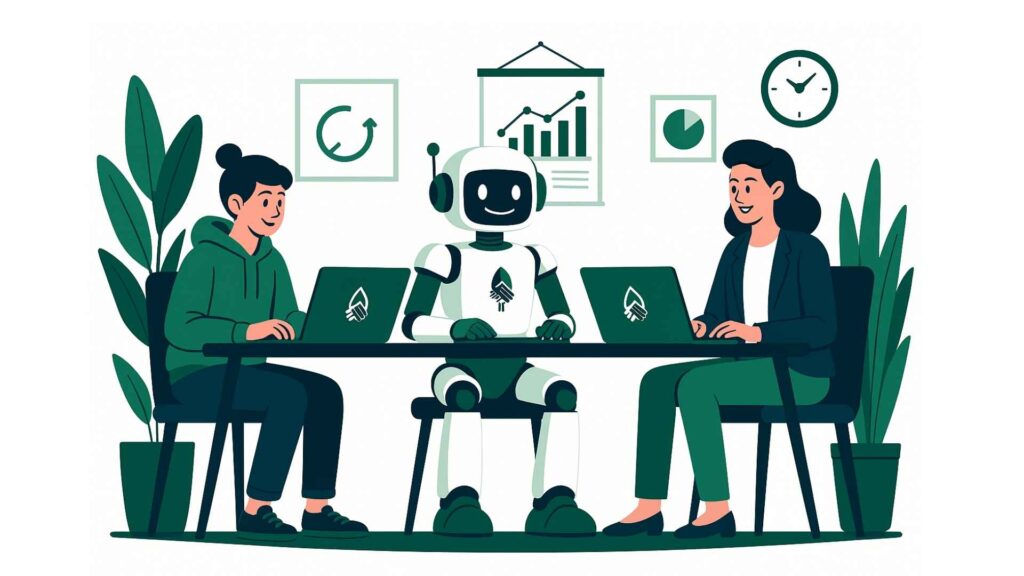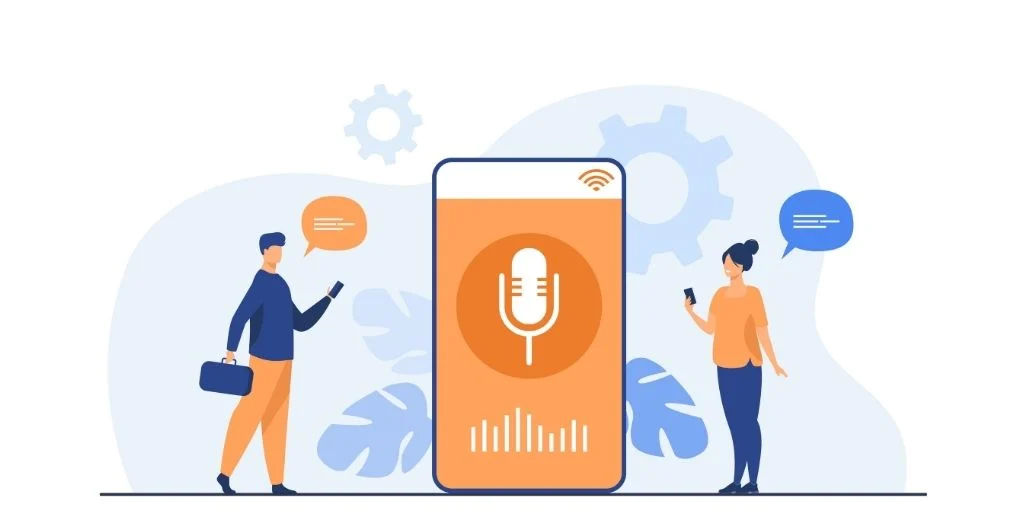In today’s hyper-competitive marketplace, customers expect more than a functional transaction they expect an experience. The convergence of self-service automation and personalised engagement—powered by artificial intelligence (AI) has ushered in a new age of customer experience. Businesses that once viewed self-service as cost-reduction are now realising it’s a strategic differentiator. At the same time, consumers demand interactions tailored to them as individuals, not generic segments. This article explores how AI-driven self-service and hyper-personalisation are redefining customer experience (CX), why this matters for business, and how organisations can prepare for what lies ahead.
AI-Driven Self-Service: From Support to Experience
Self-service has moved beyond FAQs and static chatbots. The latest wave of AI agents are conversational, proactive, and deeply integrated into the customer journey.
The shift to intelligent self-service
According to a 2025 prediction piece, “a new generation of AI agents will provide highly personalised, conversational self-service options across voice and digital channels.” These agents go beyond solving simple queries they point customers to the next best action, escalate when needed, and embody the brand voice.
In parallel, an article on “AI-Powered Personalization: Smart CX at Scale” highlights how AI-powered chatbots and intelligent virtual agents (IVAs) tap contextual data (purchase history, sentiment, usage) to deliver real-time, tailored self-service.
Why this matters for business
- First-contact resolution improves: routing customers to the right channel or agent and resolving issues faster.
- Efficiency gains: freeing human support to handle complex cases.
- Brand experience uplift: When self-service feels seamless and personalised, it reinforces trust and satisfaction.
Real-world example
Consider a telecom provider whose AI agent recognises a customer calling about roaming charges. Instead of routing generically, the system uses past usage, travel history and sentiment to proactively offer a tailored travel plan and waive the first roaming fee delivering both convenience and surprise.
Implementation tips
- Begin with high-volume, low-complexity queries (password resets, order status) and layer in intelligence over time.
- Ensure the self-service agent has access to unified customer data (behaviour, purchase history, support logs).
- Include escalation logic: flag when a customer is frustrated or the problem is novel, and hand off to a human with all context.
- Monitor metrics: average handling time, self-service completion rate, escalation rate, CSAT for self-service vs human service.

Hyper-Personalisation: Experience at an Individual Level
Where self-service covers how customers are supported, hyper-personalisation addresses what is provided and when. AI enables dynamic, one-to-one experiences at scale.
From mass-segment to market-of-one
Traditionally, companies segmented customers by demographics and sent broad-brush messages. Today, AI lets brands tailor offers, content and journeys for individual customers based on real-time behaviour, preference signals and predictive intent. McKinsey observes companies are “turning to AI and generative AI to better scale their ability to personalise experiences.” Another study found 71% of consumers expect personalised experiences and 59% of marketers already deploy AI for this purpose.
Business impact
- Increased engagement: personalised experiences often lead to higher conversion, stronger loyalty and longer customer lifetime value.
- Competitive differentiation: as consumers become more discerning, brands that treat customers as individuals win.
- Marketing efficiency: by focusing on the right content, at the right time, for the right person, waste is reduced.
Example case
A global retailer uses AI to analyse a shopper’s browsing behaviour, purchase history and local events. The moment this customer enters the app, the homepage is rearranged: showing items they previously viewed, offering a limited-time discount on a complementary item, and surfacing a support chat about delivery timing because they often check logistics. The individual feels recognised and valued—not just added to a “women age 30-40” segment.
Challenges to watch
- Data privacy & ethics: collecting and using personal data must be done transparently and responsibly.
- Data silos: disparate systems prevent a unified view of the customer.
- Scalability: doing true one-to-one personalisation requires automation and AI, not manual customisations.
Implementation considerations
- Build a Customer Data Platform (CDP) or equivalent: consolidate data from all touchpoints (web, app, support, purchases).
- Use machine learning models: to predict next-best-action, customer intent, churn risk.
- Orchestrate journeys: ensure personalisation flows make sense across channels (email, mobile, in-store).
- Measure and iterate: track uplift in engagement, conversion, and retention tied to personalised experiences.
The Convergence: Self-Service Meets Personalisation
The frontier lies in blending AI-driven self-service with hyper-personalisation so that every support interaction, transaction and communication feels both autonomous and tailored.
Unified experience examples
- Proactive support: a customer’s wearable device shows inconsistent readings; the brand’s AI detects this anomaly, sends a tailored recommendation via app, invites a chat if needed, and resolves the issue without the customer lifting a finger.
- Guided purchase: a customer visits a brand’s site late at night AI immediately offers a chat, reviews their past preferences, and proposes an offer while enabling self-checkout all personalised and seamless.
Strategic implications
- Brands must move from “reactive support” to “anticipatory experience”.
- Self-service becomes a growth channel, not just a cost centre.
- Data and AI capabilities become core competencies organisations that lag risk losing relevance.
Global Perspective: Opportunities and Variations
Customer experience expectations vary by region, culture and digital maturity but the core principles remain universal. In Asia-Pacific, for example, mobile-first behaviours mean AI-powered chat and self-service need to be optimised for small screens and messaging apps. In the Middle East, multilingual personalisation (Arabic, English, local dialects) is key in global or regional brands. Smaller economies may leap-frog: cloud-based AI self-service translates cheaper than building large human support centres.
Conclusion: Actionable Takeaways & Future Outlook
Key takeaways
- Start small, scale fast: Launch AI-powered self-service pilots for high-volume queries, then layer in personalisation.
- Invest in data infrastructure: Without unified, high-quality data, AI personalisation will falter.
- Focus on trust and transparency: Explain how customer data is used, give choice and build credibility.
- Merge support and marketing: Self-service isn’t separate from personalisation it’s part of a holistic customer experience.
- Measure holistically: Track not just cost savings in support but also revenue uplift, retention rate and customer satisfaction across the experience.
Looking ahead
By mid-decade, we’ll see self-service agents that fully understand customer context, proactively intervene, switch channels mid-stream, and personalise the experience like a human would but with the speed and consistency of a machine. Meanwhile, hyper-personalisation will move beyond recommendations into anticipation: knowing needs before the customer asks. Brands that make these capabilities part of their DNA will set the benchmarks for customer experience in the new era.



